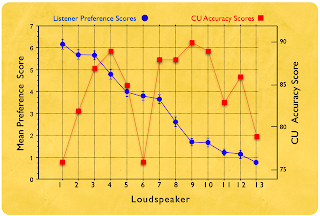- Joined
- Jan 6, 2017
- Messages
- 4,429
- Likes
- 5,850
If we closed every discussion that was based on a misinterpretation or misapplication of research, we could almost shut down all of ASR!With this excellent post from the creator himself (I put the first sentence in bold although the rest is also so rich in important information and compressed to the maximum but still so easy to understand also for hobby beginners), this and several similar discussions could be closed.
Maybe it should be a requirement that thread-starters should ask the researchers directly before starting a thread that disses their work’s usefulness? Hah, that’ll be the day!
cheers

